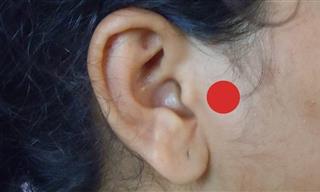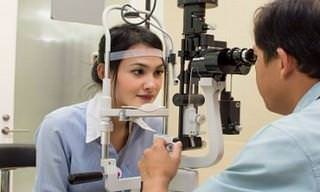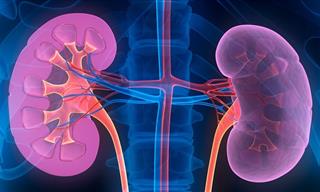Chronic kidney disease silently afflicts millions worldwide, with symptoms often showing up only after irreversible damage has happened. But scientists may have now found a way to identify kidney diseases sooner, without the need for invasive procedures.
Scientists at the University of Edinburgh discovered a correlation between changes in the retina and choroid—a circulatory layer located beneath the retina—and the health of our kidneys. Using an accessible, non-invasive imaging approach known as optical coherence tomography (OCT), which is commonly available in various eye care facilities, they discovered that people with chronic kidney disease had thinner retinas and choroids than healthy individuals.
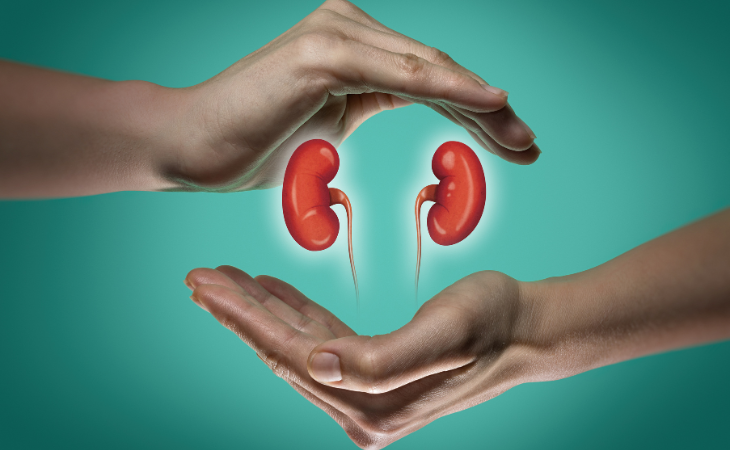
In terms of biological function, the eye and kidney are surprisingly similar. Both organs rely on intricate networks of tiny blood vessels to fulfill their roles effectively. In the eye, these delicate vessels play a vital role in nourishing the retina, which is essential for maintaining clear vision. In the kidneys, they are responsible for maintaining the filtration system responsible for cleansing the blood. However, in conditions such as chronic kidney disease, where these blood vessels suffer damage, eyesight issues, as well as reduced kidney function, might occur.
Related: These 10 Symptoms Are Indicative of Kidney Failure!
The Edinburgh study found that as kidney disease worsens, the thickness of both the retina and the choroid decreases. Even after accounting for age, a known factor that impacts both kidney and eye health, this association remained consistent. In patients with chronic kidney disease, the central area of the retina, which relies heavily on the choroid for oxygen and nutrients, appeared to be significantly affected.
Interestingly, the researchers discovered a reversal in the thinning of the retinal and choroidal layers that is typical of CKD among people who had undergone kidney transplants. Surprisingly, within a week of getting the transplant, these people began to observe a visible thickening in their eye structures, with more improvement seen over the next year. The eyes appeared to mirror the transplanted kidney's restored state.
The researchers also studied healthy individuals who volunteered to donate their kidneys. Interestingly, despite adequate kidney function, these patients had choroidal thinning within a year of donating. This shows that eye examinations may serve as an advanced alarm system, detecting subtle changes in kidney health much before standard diagnostic tests.
To validate their findings, the researchers followed a group of chronic kidney disease patients for two years. They discovered that those with smaller retinas and choroids at the start of the trial were more likely to experience a significant reduction in kidney function over time. This predictive ability continued even after controlling for factors such as age, blood pressure, and urine protein levels, all of which are indicators of kidney damage.
Related: 15 Daily Habits That Damage Our Kidneys
“We hope that this research, which shows that the eye is a useful window into the kidney, will help identify more people with early kidney disease – providing an opportunity to start treatments before it progresses,” says Dr. Neeraj Dhaun, Professor of Nephrology at the University of Edinburgh’s Centre for Cardiovascular Science, in a press release. “It also offers potential for new clinical trials and the development of drug treatments for a chronic disease that, so far, has proved extremely difficult to treat.”
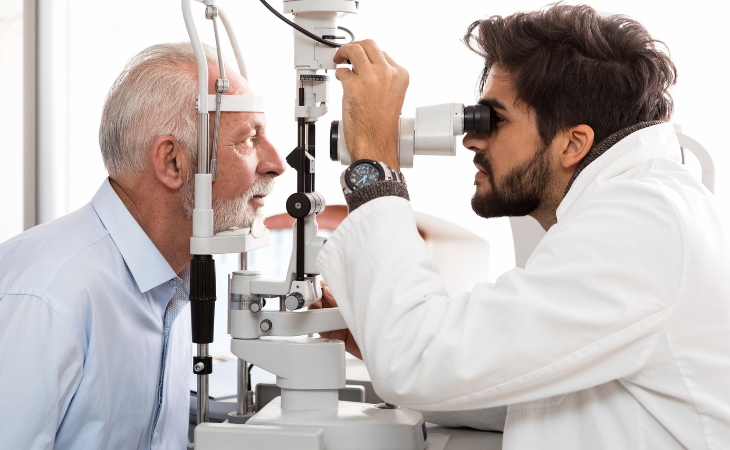
Further study is needed, of course, to understand the complicated relationship between the eyes and kidneys. The Edinburgh team plans to broaden its research by enrolling bigger and more varied patient populations and increasing the duration of their studies. They also hope to determine whether specific changes in the eyes may serve as early indications of cardiovascular disease, which is typically associated with chronic renal disease.
Related: When Is an Eye Infection a Cause for Concern?
Meanwhile, this study shows the human body's extraordinary ability to provide insights into our overall well-being. Although OCT scans are not presently used in regular kidney check-ups, this study identifies exciting areas for future research. Perhaps in the future, people will be able to check their kidney health using a simple and painless eye exam.
The findings of the study are published in the journal Nature Communications.
 Go to BabaMail
Go to BabaMail































